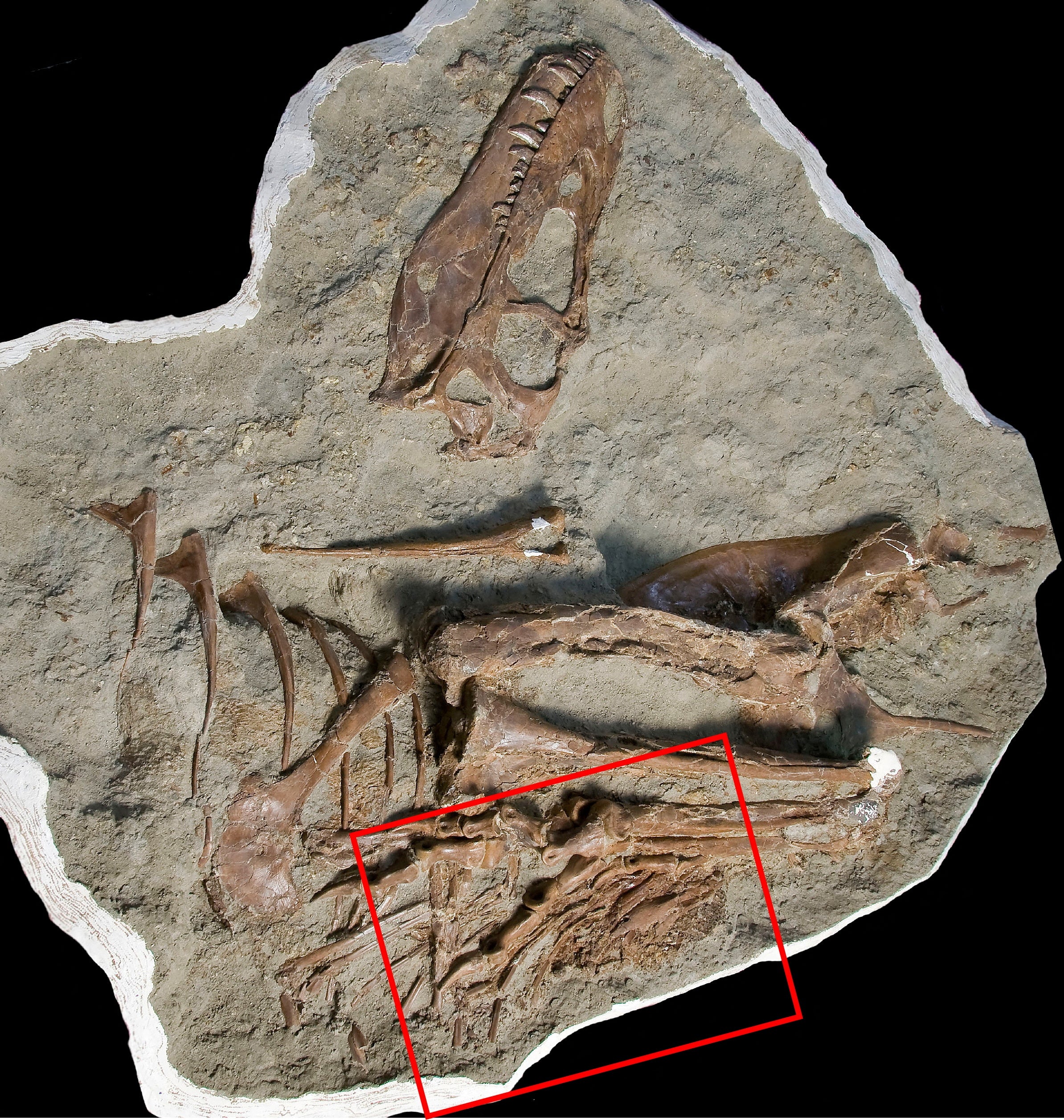The discovery of two baby dinosaur fossils inside the fossil of a 75 million-year-old tyrannosaur has provided new insight into the evolving dietary habits of these prehistoric predators.
A young gorgosaurus, a close relative of the Tyrannosaurus rex, had its hind limbs discovered beneath its rib cage, according to a study published in the journal Science Advances. The dinosaurs were called citipes, and they resembled little birds.
The finding, according to the study’s researchers, demonstrates that juvenile gorgosauruses preyed on small, young dinosaurs, but prior fossil evidence indicates that adult gorgosauruses attacked and consumed very huge, herd-living plant-eating dinosaurs.
Dr Darla Zelenitsky, one of the lead scientists in the study, told the BBC the discovery is “solid evidence that tyrannosaurs drastically changed their diet as they grew up”.
She said: “We now know that these teenage (tyrannosaurs) hunted small, young dinosaurs.

“These smaller, immature tyrannosaurs were probably not ready to jump into a group of horned dinosaurs, where the adults weighed thousands of kilograms.”
The fossil required years to prepare for study when it was first found in 2009 in Canada’s Alberta Badlands. It was buried in rock.
Staff members at the Royal Tyrell Museum of Palaeontology in Alberta made the original discovery when they noticed tiny toe bones sticking out of the rib cage.
The BBC was informed by Dr. Francois Therrien, the second principal scientist on the project, that “the ribcage’s rock was removed to expose what was hidden inside.”
“And lo and behold – the complete hind legs of two baby dinosaurs, both under a year old.”



































